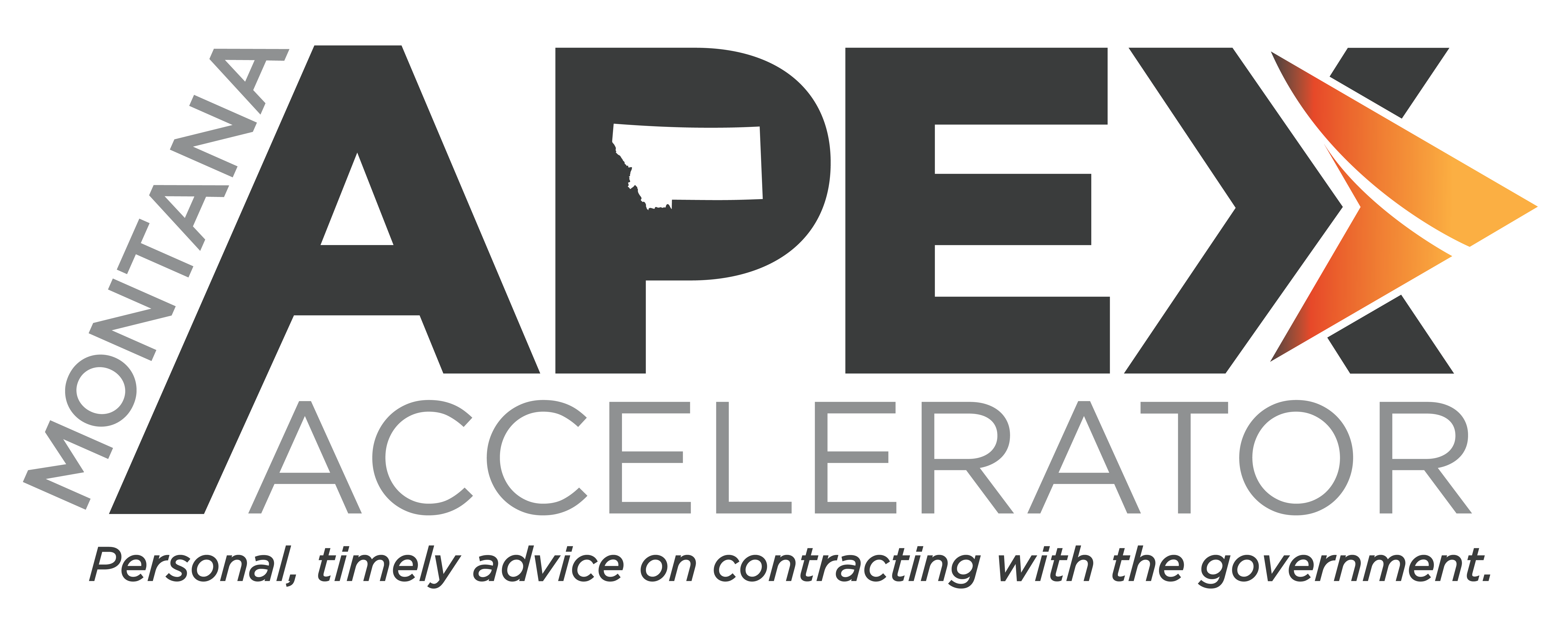Government contracts are getting larger. Tasks that were once performed under multiple, smaller contracts might now be consolidated under one to make it more efficient and cost-effective for the government. Smaller companies may not be in a position to bid on contracts of this scale because of limited resources. Managers who would like to compete on large opportunities, or projects that require diverse capabilities, may want to consider teaming with another company.
Teaming arrangements are defined in and governed by the Federal Acquisition Regulation (FAR), the principal set of rules pertaining to the federal government’s purchasing process. According to Subpart 9.601 of the FAR, a “Contractor Team Arrangement” (i.e., teaming) is defined as:
- Two or more companies form a partnership or joint venture to act as a potential prime contractor; or
- A potential prime contractor agrees with one or more other companies to have them act as its subcontractors under a specified Government contract or acquisition program.
Subpart 9.602 goes on to say:
Contractor team arrangements may be desirable from both a Government and industry standpoint in order to enable the companies involved to–
- Complement each other’s unique capabilities; and
- Offer the Government the best combination of performance, cost, and delivery for the system or product being acquired.
A prime/subcontractor relationship is the most common type of teaming. If your company is new to government contracting and doesn’t have the experience desirable to government buyers, subcontracting is an excellent way to gain public sector experience and may be the only feasible way to enter the market. You may want to consider coordinating a team and being the prime contractor if your company has specific expertise required by the government.
Businesses contemplating teaming should seek professional, legal advice, but here are a few basic points to consider when forming an agreement.
- Is the subcontractor bound exclusively to the prime or free to participate in other projects, possibly with a competitor?
- Is the subcontractor guaranteed a particular quantity of business and what are the payment terms?
- What are the channels for solving performance issues?
- How is project completion defined and how are extensions handled?
Teaming can be a smart way for companies to combine resources and acquire additional business. Teams that offer best value and demonstrate excellent performance will be well positioned to successfully pursue future public projects together. For more information on teaming or how to sell to the government, please contact the Procurement Technical Assistance Center (PTAC) at 869-8410 or find a PTAC government contracting advisor near you at www.montanapex.org.

